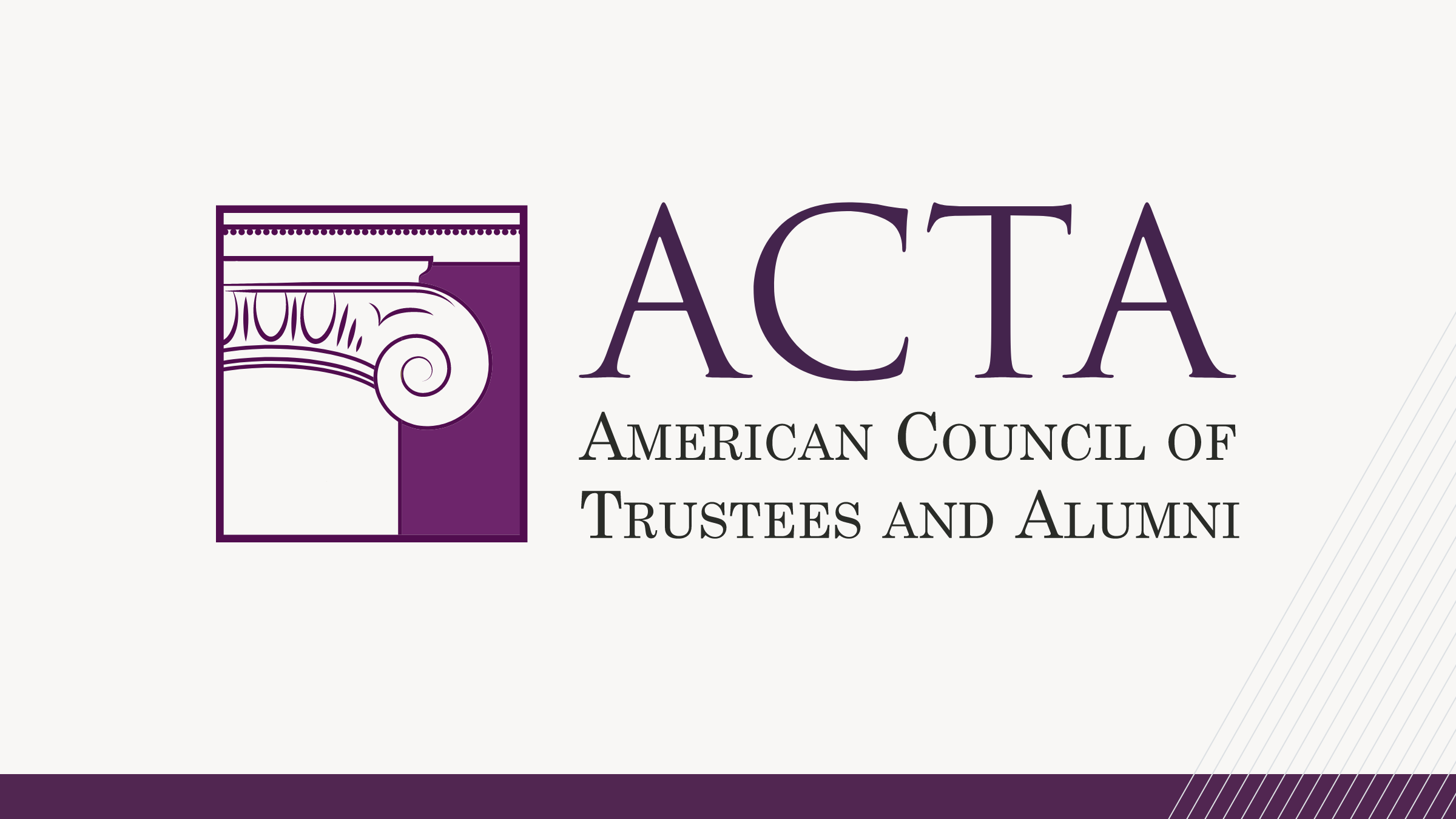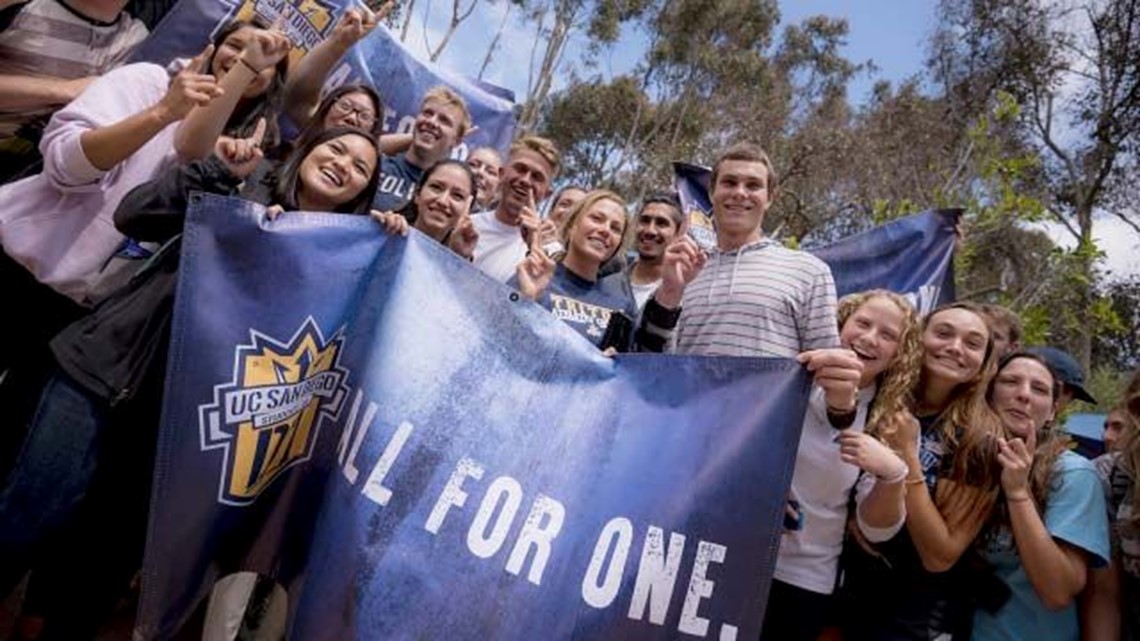Sources
1. CollegeVine
www.collegevine.com
Who pays for college athletic scholarships? | CollegeVine
College athletic scholarships are primarily funded by the athletic departments of the universities themselves. This funding comes from a variety of sources. ...
2. Morones Analytics
moronesanalytics.com
Following the Money in College Sports - Morones Analytics
The schools generate direct revenues from ticket sales, merchandise, donations and other sources. Schools are organized into athletic conferences that generate ...
3. Marygrove College Athletics
www.marygrovemustangs.com
The Financial Side of College Sports: A Closer Look
Donations are critical for maintaining the financial health of college sports, as they can bridge the gap between operational costs and revenue from other ...
4. Penn State University
policy.psu.edu
FN09 Scholarships - Penn State Policies
Athletic Scholarships are University scholarships designed to provide recognition and financial assistance to undergraduate students who are outstanding NCAA ...
5. Bold.org
bold.org
College Athletes Can Get Paid. But, How? | Bold.org
They can also earn through corporate sponsorships and support from other sources.
6. SportsEpreneur
sportsepreneur.com
How March Madness Funds the NCAA: A Paradox of Fandom
How does the NCAA distribute this wealth? Through a complex system that reinforces power imbalances within college athletics. The NCAA distributes ...
7. NCAA.org
www.ncaa.org
Finances - NCAA.org
The NCAA receives most of its annual revenue from two sources: television and marketing rights for the Division I Men's Basketball Championship and ticket ...
8. Scholarships360
scholarships360.org
Top 90 Athletic Scholarships in May 2025 - Scholarships360
Verplank Foundation Scholarship Offered by Verplank Foundation. Multiple awards worth up to $10,000. Grade Level High School Senior. Offered by Verplank ...
9. USOPC
www.usopc.org
Athlete Benefits & Resources - USOPC
Grants & Funding Team USA athletes can apply for tuition grants, training and travel grants, as well as a variety of assistance funds. Learn more.
10. United States Courts (.gov)
www.uscourts.gov
The 14th Amendment and the Evolution of Title IX - United States Courts
Ratified in 1868, Congress and the courts have applied the 14th Amendment's Equal Protection Clause to many aspects of public life over the past 150 years. ...
11.
www.gogamechange.com
Understanding Gender Disparities in College Athletics - GAME CHANGE
Despite being more than half of the undergraduate population at many universities, female athletes are not receiving their fair share of support. When we look ...
12. NPR
www.npr.org
A new NCAA report show the stark gap in funding for women's sports - NPR
Title IX: NCAA report shows stark gap in funding for women A newly released report shows men's college athletic programs received more than double that of ...
13. Ice Miller
www.icemiller.com
Name, Image, and Likeness – The Foreign Student's Dilemma - Ice Miller
As of 2022, there were 24,000 foreign student athletes in the U.S. in Division I, II and III sports. In Division I, where the NIL money mostly circulates, ...
14. Athleticademix
athleticademix.com
Scholarships - Explained in Detail! - Athleticademix
In every sport, each coach has an athletic scholarship budget to use for recruiting. It is not possible for every athlete on their squad to receive full ...
15. Athletic Scholarships | Athlete +
www.athleteplus.org
NIL Market for International Athletes
However, for international athletes, navigating the NIL market involves unique challenges due to visa restrictions and regulatory complexities.






